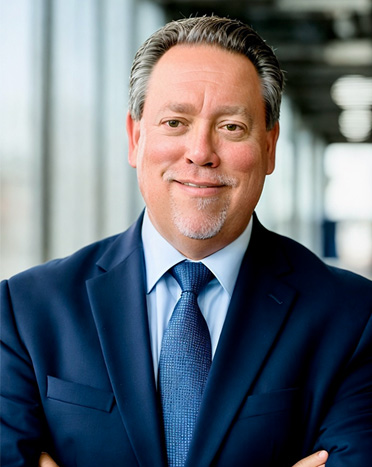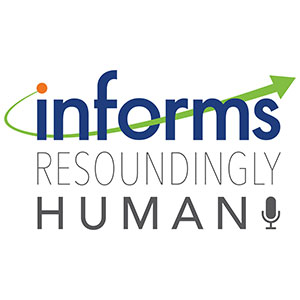
How to Prepare Supply Chains for the Next Global Shock
Supply chains have taken a beating in the past year. The ripple effects of the blockage of the Suez Canal suggest that concerns will linger well past the end of the pandemic. Indeed, 87% of supply chain professionals said in a Gartner survey that their companies are planning to invest in resiliency. To improve supply chain resiliency, what should governments and businesses do differently?















